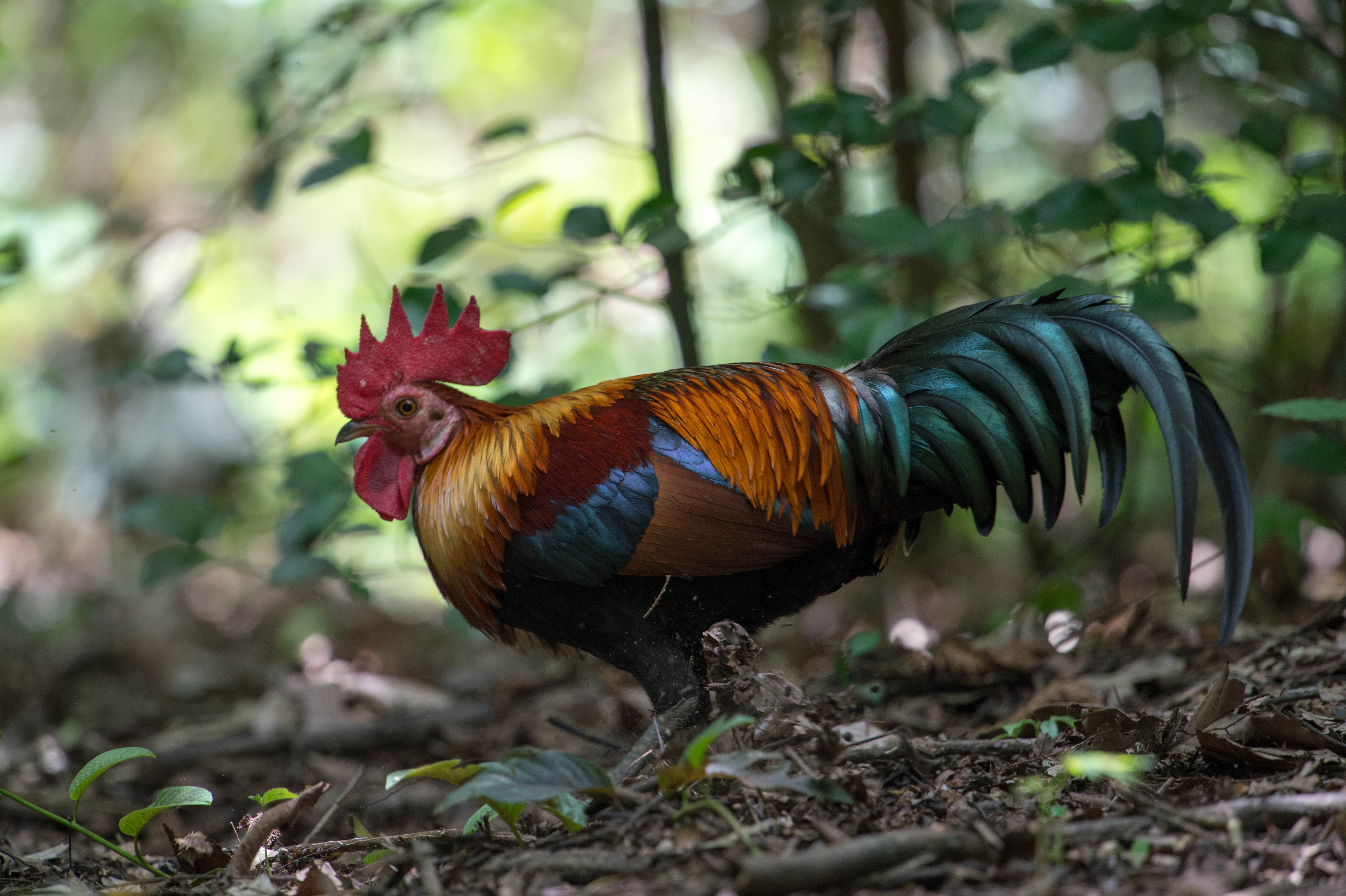Difference between revisions of "Red Junglefowl"
m |
|||
| (2 intermediate revisions by one other user not shown) | |||
| Line 38: | Line 38: | ||
2. [http://animaldiversity.org/site/accounts/information/Gallus_gallus.html Gallus gallus], Animal Diversity Web. | 2. [http://animaldiversity.org/site/accounts/information/Gallus_gallus.html Gallus gallus], Animal Diversity Web. | ||
}} | }} | ||
| − | [[Category:Real Animal Friends]] [[Category:Bird Friends]] [[Category:Redesigned Friends]] | + | |
| + | {{BirdFriendsNav}} | ||
| + | [[Category:Real Animal Friends]] [[Category:Bird Friends]] [[Category:Phasianid Friends]] [[Category:Redesigned Friends]] [[Category:Nexon Game Debuts]] | ||
Revision as of 21:40, 1 February 2018
| Red Junglefowl | ||||||||||||
|---|---|---|---|---|---|---|---|---|---|---|---|---|
| Character Data | ||||||||||||
| ||||||||||||
| Animal Data | ||||||||||||
|
| Red Junglefowl | Festival | KF3 | Kingdom | Nexon Game | Gallery |
Red Junglefowl is a bird Friend that appeared in the original Kemono Friends mobile game.
Appearance
Red Junglefowl's old design had long and orange straight hair with a red tuft of hair and two yellow fringes on the front. She weared a closed jacket with two buttons, two pockets on chest's level, sleeves and collar rolled up with a red bow attached around her neck. She weared a very short circular skirt with pressed-in ridges, blue thigh-high socks with white lace up thigh high boots. As the animal she is based on, she had the wings and the tail.
The Red Junglefowl's new design replaced the red tuft of hair to looks more like a cockscomb, as for the hair's colors which are closer to the real animal she is based on. Her top is darker, she has additional buttons and pockets, with orange rolled up sleeves, collar and pockets. Her bow is larger. Her skirt is more blue, has black thigh-high socks. The boots remains the same.
Series Appearances
| Media | Role | |
|---|---|---|
In Real Life
The Red Junglefowl (scientific's name known asGallus Gallus) is a tropical member of the family Phasianidae. It was first domesticated five thousand years ago in Asia. Since then it has spread around the world, and the domestic form is kept globally as a very productive food source of both meat and eggs.
The colourful male (about 80cm) has white ear patches and a white puff at the base of his tail. The drab female (about 40cm) has dull brown streaky plumage. She also has white ear patches and lacks a comb or wattles on her head. Their feet are lead-grey.
These birds can fly quite a distance, for example to cross rivers, and quite high, spiralling upwards to the tree tops. In fact, they roost in trees. They prefer forest edges, but elsewhere, they are found in habitats ranging from mangroves to high mountain passes.
The Red Junglefowl is an herbivore and insectivore. Red junglefowls eat corn, soybean, worms, grass, and different kinds of grains found on the ground. They cannot detect sweet tastes. They can detect salt, but most red junglefowl do not like it.
Red junglefowl regularly bathe in dust to keep just the right balance in their plumage. The dust absorbs extra oil and subsequently falls off. The Red Junglefowl has very distinctive social system involving a pecking order, with one dominating all, and one submitting to all. There is one pecking order for female and one for male.
The Red junglefowl is listed as 'Endangered' in the Red List of threatened animals of Singapore. They are not only affected by habitat loss but also by poaching and interbreeding with domesticated chickens.
Trivia
- Gallus gallus can live up to ten years. The molting process, taking the old feathers and putting new ones on, for an adult, takes about three to four months every year. The memory of the red junglefowl is very short.
- It is said that they were first domesticated for cockfighting, later for religious ceremonies and only much later as food.
References
1. Wild Singapore: Red Junglefowl
2. Gallus gallus, Animal Diversity Web.



